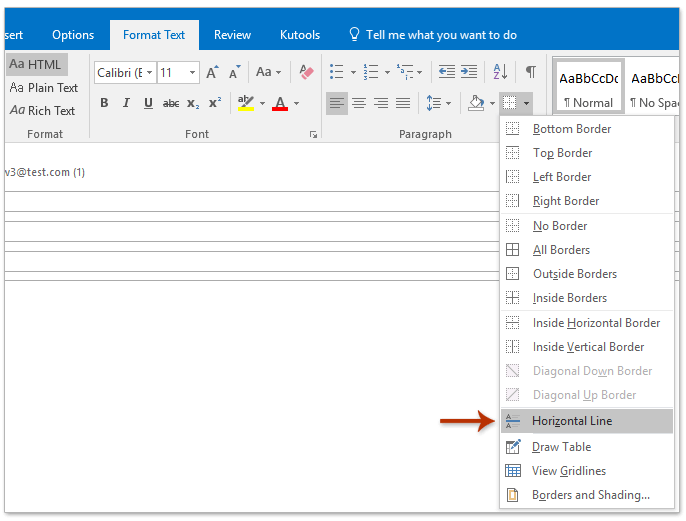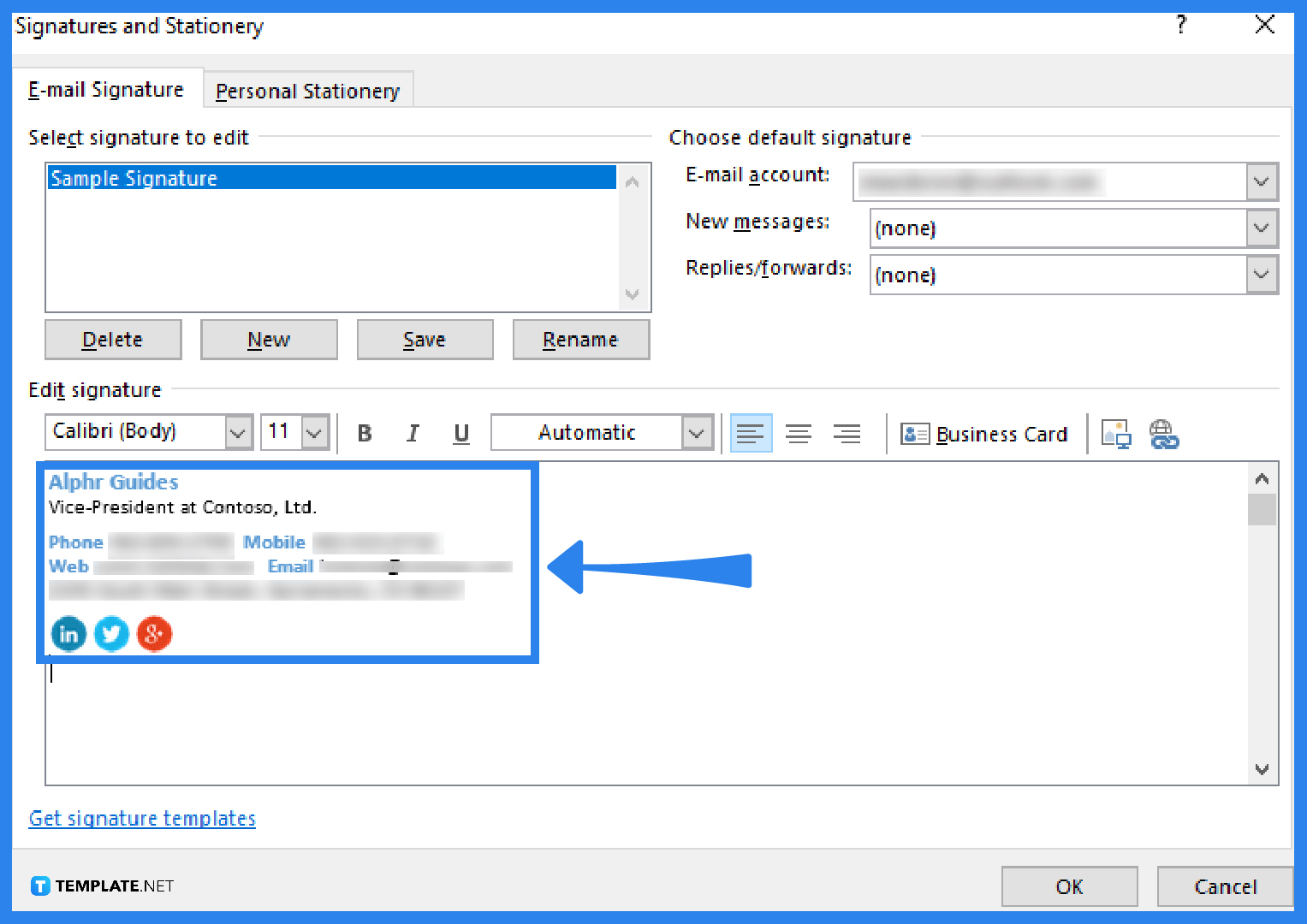

The add-in will not add any signatures to Outlook unless an administrator in your organization has set them up in the first place. Lock the file by clicking the file title in the top document bar and check the Locked checkbox.Before you install & hints for administrators.If you get prompted with “The file is locked” when pasting, simply click the Unlock button > Save the file using Command + S. mailsignature file you have opened in step 8 and paste the HTML text into the position where you deleted the code. Delete all text starting from “ Users > Click Actions of the user, whose signature you would like to use > Click Manage Signatures.(Note: If the opened file shows formatted text only and no HTML code, then you must enable “Display HTML files as HTML code instead of formatted text” in the TextEdit preferences.) Right-click on the signature file and choose Open With >TextEdit. mailsignature, having a load of letters and numbers as the file name. In the Signatures folder, locate the newest file that ends.Select the latest V folder, and then the MailData folder. The quickest way of doing this is to go to your Finder and in the top menu bar click Go > Go to Folder and enter ~ /Library/Mail/. Drag the signature from the second column to the email account you would like it to be available to, if you have multiple accounts.Make sure, that the Always match my default message font box is unchecked.> Select Preferences in the drop-down menu. Create a new email (File > New message) and select your new signature from the Signature drop-down menu.The signature in the preview may seem disrupted, however, it should look completely fine when you start composing a new email.

Go back to Apple Mail > Paste the signature into the signature box.Under the Info tab, click the signature you would like to use, then press.



 0 kommentar(er)
0 kommentar(er)
